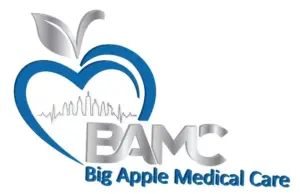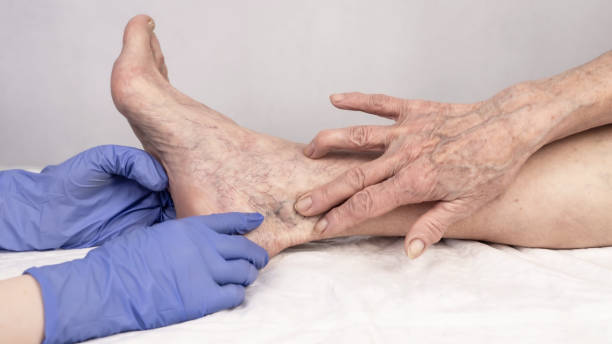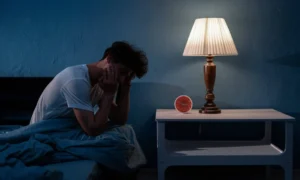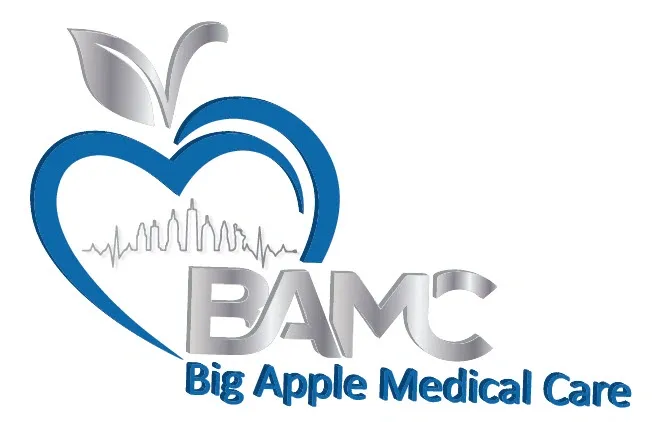Spider veins are a common cosmetic and medical concern, often appearing as web-like clusters of red, blue, or purple lines on the legs, face, or other visible areas. At Big Apple Medical Care, we understand how these small but noticeable veins can affect both confidence and comfort. Two of the most effective treatments available are sclerotherapy and laser therapy. Both options target spider veins, but they work differently and are suited to different patient needs.
In this comprehensive guide, we’ll break down everything you need to know about sclerotherapy vs. laser treatment, including how they work, benefits, potential risks, recovery, and which treatment may be the best choice for you.
Understanding Spider Veins and Why They Form
Before comparing treatments, it’s essential to understand what spider veins are and why they appear.
Spider veins, medically known as telangiectasias, are small, dilated blood vessels near the skin’s surface. They are often caused by:
-
Genetics – a strong family history of vein issues
-
Hormonal changes – pregnancy, menopause, or birth control use
-
Prolonged standing or sitting – poor circulation from lifestyle or work habits
-
Age – weakening vein valves over time
-
Sun exposure – damage to skin and superficial veins
Although spider veins are not typically dangerous, they can sometimes cause discomfort such as itching, burning, or mild swelling. Most people, however, seek treatment primarily for cosmetic improvement.
What Is Sclerotherapy?
Sclerotherapy has been the gold standard treatment for spider veins for decades. It involves injecting a sclerosant solution directly into the affected vein. The solution irritates the vein’s inner lining, causing it to collapse and stick together. Over time, the treated vein is reabsorbed by the body and fades from view.
Key Benefits of Sclerotherapy
-
Highly effective for small to medium-sized spider veins
-
Quick, in-office procedure (usually 30–60 minutes)
-
Minimal downtime – most patients resume normal activities the same day
-
Can treat multiple veins in a single session
-
Long-lasting results, especially with follow-up treatments
Potential Side Effects of Sclerotherapy
-
Mild bruising, swelling, or redness at injection sites
-
Temporary skin discoloration (brown spots or lines)
-
Rare allergic reactions to the sclerosant solution
-
Matting (tiny new vessels forming near treated area)
Overall, sclerotherapy is considered safe and highly effective, with most patients seeing visible improvements within 3–6 weeks.
What Is Laser Vein Treatment?
Laser therapy, also known as endovenous laser treatment (EVLT) or surface laser therapy is a best vein treatment, uses highly concentrated beams of light to heat and destroy spider veins. The laser energy causes the vein walls to coagulate and collapse, leading the body to gradually absorb the closed vein.
Key Benefits of Laser Treatment
-
Ideal for smaller, superficial veins (especially on the face)
-
No injections or chemicals – purely light-based therapy
-
Minimal discomfort – often compared to a rubber band snap on the skin
-
Fast recovery with no bandages required
-
Effective alternative for patients allergic to sclerosants
Potential Side Effects of Laser Treatment
-
Temporary redness, swelling, or blistering at treatment sites
-
Risk of skin pigmentation changes (especially in darker skin tones)
-
May require multiple sessions for optimal results
-
Less effective on larger leg veins compared to sclerotherapy
Laser therapy is an excellent choice for very fine spider veins that may not respond well to injections, particularly on the face or ankles where precision is important.
Sclerotherapy vs Laser Treatment: Head-to-Head Comparison
| Factor | Sclerotherapy | Laser Treatment |
|---|---|---|
| Best For | Small to medium spider veins on legs and thighs | Very fine veins, facial veins, superficial vessels |
| Procedure | Injections with sclerosant solution | Light-based therapy targeting veins |
| Discomfort Level | Mild needle pinch, slight burning sensation | Mild heat, snapping sensation |
| Recovery Time | Same-day recovery, compression stockings recommended | Same-day recovery, no bandages needed |
| Number of Sessions | 1–3 sessions, depending on severity | 2–4 sessions, depending on size and location |
| Results Timeline | Noticeable in 3–6 weeks | Noticeable in 2–8 weeks |
| Side Effects | Bruising, mild swelling, pigmentation | Redness, pigmentation, rare blistering |
| Durability of Results | Long-lasting, especially with follow-up | Effective but may need repeat treatments |
Which Treatment Is Better for Spider Veins?
The answer depends on your specific condition and treatment goals:
-
Choose Sclerotherapy if:
-
You have larger spider veins or small varicose veins in the legs
-
You want a time-tested treatment with long-lasting results
-
You are comfortable with injections and wearing compression stockings
-
-
Choose Laser Therapy if:
-
You have tiny, superficial spider veins (especially on the face)
-
You prefer a non-invasive approach without needles
-
You want a treatment with minimal aftercare
-
In many cases, doctors recommend a combination approach, using sclerotherapy for larger leg veins and laser therapy for finer surface veins.
Recovery and Aftercare: What Patients Should Know
After Sclerotherapy
-
Wear compression stockings for 1–2 weeks to improve results
-
Avoid strenuous exercise, saunas, and hot baths for a few days
-
Mild bruising or swelling is common but temporary
-
Avoid sun exposure on treated areas to prevent pigmentation
After Laser Treatment
-
Apply cool compresses to soothe redness or swelling
-
Avoid direct sunlight and use broad-spectrum sunscreen
-
Resume normal activities immediately – no need for compression garments
-
Multiple treatments may be scheduled 4–6 weeks apart
Following your doctor’s instructions carefully ensures faster healing and better results.
Cost Considerations: Sclerotherapy vs Laser
The cost of treatment varies depending on the number of veins treated, geographic location, and clinic expertise.
-
Sclerotherapy generally ranges from $350–$600 per session.
-
Laser treatment typically costs $400–$700 per session.
Since these are usually considered cosmetic procedures, insurance rarely covers them unless spider veins cause significant medical issues.
Final Thoughts on Sclerotherapy vs Laser Treatment
Both sclerotherapy and laser vein therapy are effective, safe, and widely used treatments for spider veins. The choice ultimately depends on your vein size, location, skin type, and personal comfort level.
At Big Apple Medical Care, our specialists provide personalized vein assessments to determine the best treatment plan for each patient. Whether you prefer injections or a needle-free option, our goal is to help you achieve smoother, clearer, and more confident skin.







